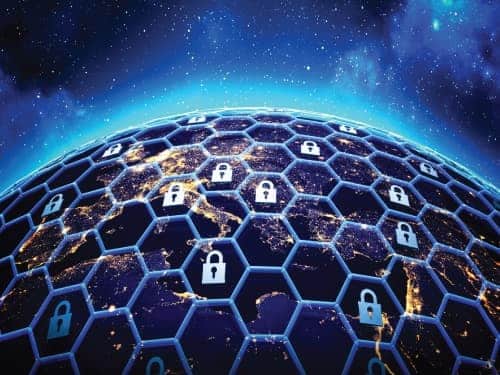Using (SIEM) Technology to Combat Alert Fatigue

Early detection, rapid response, collaboration to mitigate advanced threats imposes significant demands on today’s enterprise security teams.
According to a report from the Ponemon Institute, of the 17,000 malware alerts the average organization receives weekly, less than a fifth are reliable. They also state that false alerts cost organizations $1.27 million annually.
It’s to no surprise that the overwhelming volume of alerts has cause IT teams in many organizations to experience “alert fatigue”
Alert fatigue is the threshold at which it becomes too difficult for IT teams to recognize the important alerts from the stream of everything that they receive, says Maxine Holt, principal analyst at the Information Security Forum (ISF).
But… threats aren’t going away anytime soon, and the number of endpoints your team manages is only going to increase, so how can you mitigate alert fatigue? Enter security information and event management (SIEM) technology.
What is SIEM?
Gartner defines SIEM as technology that supports threat detection and security incident response through the real-time collection and historical analysis of security events from a wide variety of event and contextual data source. SIEM
- Supports threat detection and security incident response through the real-time collection and historical analysis of a wide variety of data sources
- Supports compliance reporting and incident investigation through historical data analysis
- Is capable of broad-scope event collection and correlating and analyzing events across disparate sources
How Does SIEM Work?
SIEM software collects and aggregates log data generated throughout the organization’s technology infrastructure.
The software then identifies and categorizes incidents and events, as well as analyzes them. The software delivers on two main objectives, which are to:
- provide reports on security-related incidents and events, such as successful and failed logins, malware activity and other possible malicious activities and
- send alerts if analysis shows that an activity runs against predetermined rulesets and thus indicates a potential security issue.
Connecting the Dots with SIEM
With SIEM technology in place, organizations can centralize, index, and visualize event data from multiple sources. From this ‘single pane of glass’, SIEM tools show you actual, potential threats that your team can then investigate and triage.
SIEM technologies are not meant for teams to “set it and forget it.” The ongoing development and management of the SIEM is key to ensuring that an organization maximizes its capabilities for use in detecting threats.
The Advantage of a Managed SIEM
Managing a SIEM can be a daunting task…tuning the alerts, optimizing the reports, triaging alerts.
That’s why OneNeck® IT Solutions offers a scalable Security Information and Event Management (SIEM) service for our customers. Our SIEM service includes log aggregation, analysis and storage for most any type of system or device that generates log events or system log messages. In addition, we facilitate rapid incidence response, log management and compliance reporting.
Speak with a OneNeck security specialist today about how our comprehensive approach to SIEM can protect your data and your business.
Additional Resources:




